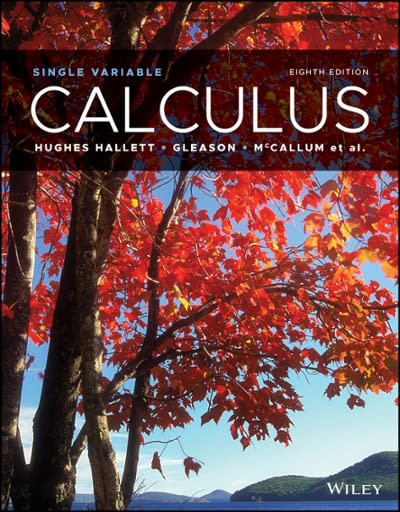Question
4. An urn contains 100 gumballs: 30 are red, 40 are purple, and 30 are green. A single gumball is drawn at random from the
4. An urn contains 100 gumballs: 30 are red, 40 are purple, and 30 are green. A single gumball is drawn at random from the urn. Consider the various outcomes of a single random selection.
Let R = the gumball is red. Let P = the gumball is purple. Let G = the gumball is green.
a) Pr(R) = _____________________ (1 pt.) b) Pr(~R) = _____________________ (1 pt.)
c) Pr(P v G) = ____________________________________________________________(1 pt.)
5. Consider drawing one card from a standard deck of 52 cards.
Let R = a red card is drawn. Let B = a black card is drawn. Let F = a face card is drawn.
Provide the formula for solving the following questions and calculate:
a) Pr(R v B) = ___________________________________________________________ (1 pt.)
b)Pr(~(B & F)) = _________________________________________________________ (1 pt.)
6. In a class of 80 students, 60 like math and 30 like philosophy. Consider the outcome of selecting a single student at random. Two possible outcomes of a single selection are:
P: the student selected likes philosophyM: the student selected likes math
Does Pr(P v M) = Pr(P) + Pr(M)? Explain why or why not. If the formula is incorrect, state what more information you would need to calculate the Pr(P v M). (1 pt.)
Step by Step Solution
There are 3 Steps involved in it
Step: 1

Get Instant Access to Expert-Tailored Solutions
See step-by-step solutions with expert insights and AI powered tools for academic success
Step: 2

Step: 3

Ace Your Homework with AI
Get the answers you need in no time with our AI-driven, step-by-step assistance
Get Started


